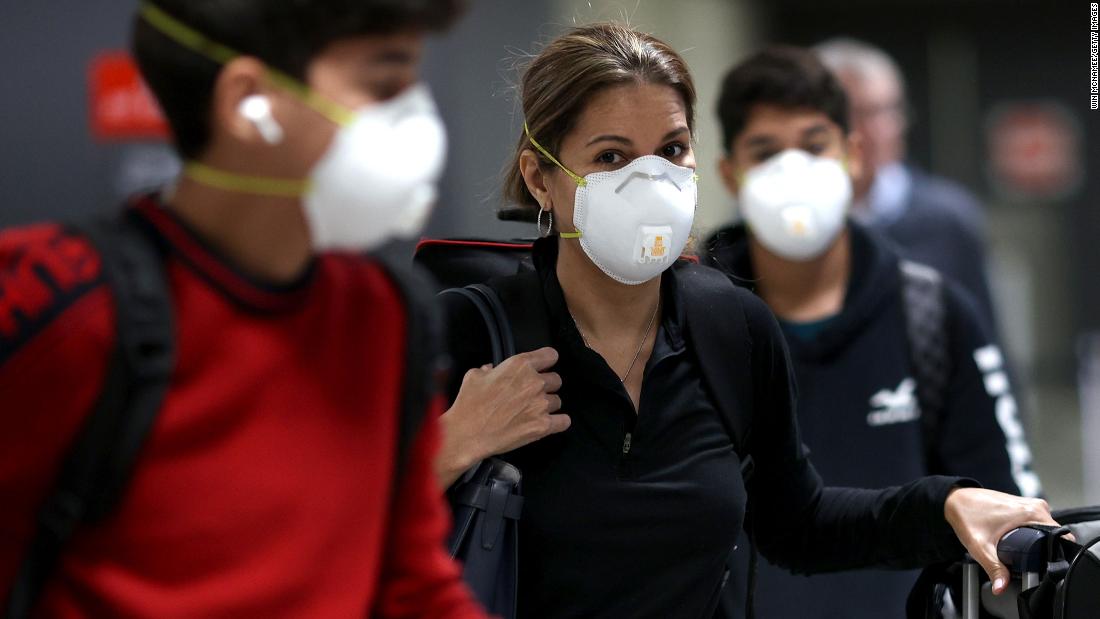MassDot finally updated their data, so I'm reviving an old thread to revisit the state of ridership relative to the "before times."
I'll start with the big picture. One interesting thing of note is that fare-gated rapid transit* ridership continues to lag behind bus ridership. The sum of fare-gated rapid transit boardings was consistently higher than the sum of bus boardings until March 2020. Since March 2020, the reverse has been consistently, and unwaveringly true.
Pre-COVID, there were more rapid transit rides* than bus rides.
Over the past two years, there have been more bus rides than rapid transit rides.*
*This includes all boardings at fare-gated stations on the
Red,
Orange,
Green,
Blue, and even
Silver Line.
View attachment 23104
Since my last post, systemwide bus ridership set COVID-era highs in the weeks of:
- 8/30 (the second consecutive week of COVID-era record ridership)
- 9/6 (the third consecutive week of COVID-era record ridership)
- 9/13 (the fourth consecutive week of COVID-era record ridership)
- 9/20 (the fifth consecutive week of COVID-era record ridership)
- 10/4
- 10/18
This period, in the fall of 2021, saw MBTA systemwide bus ridership approaching 70% of pre-COVID. We have yet to match those ridership highs over the last 5.5 months and counting. This winter lull is not historically unusual, even if exacerbated by unique circumstances including the Omicron variant.
In 2019, the highest ridership week was the week of October 28 before a winter slump. Systemwide bus ridership has yet to match that high.
In 2020, the highest ridership week (after the COVID stay-at-home order was given in March) was the week of October 5. Systemwide bus ridership did not match that high again until the following spring.
Last week (the week of March 28) already had the highest ridership since last fall. It would not be surprising for 2022's bus ridership to continue to follow that same pattern of increasing ridership from the beginning of the year until October. From last week's ridership, it would only take an increase of 4% to surpass last October's COVID-era high.

